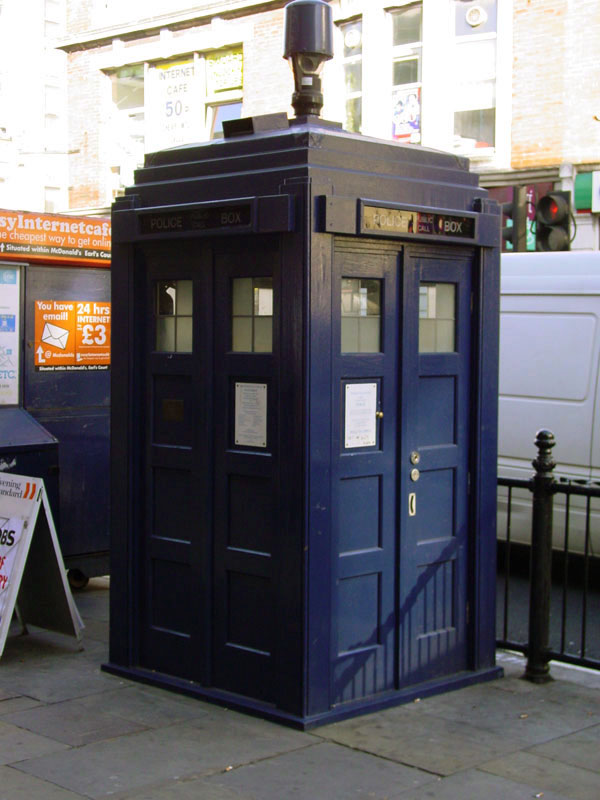Teaching World History with a Twist: Alien Invasion
August 9, 2019
One day in a world history class, I happened to mention about an episode of Dr. Who when our favorite Gallifreyan refugee visits the French Revolution. You could sense an atmospheric shift in the class. Of course, the kids were interested when I told them the story of the storming of the Bastille and the fate of Marie Antoinette. It’s a great story, and I tell it well. But as soon as make-believe aliens entered the class, things got real. Why wouldn’t they? Much of history is a form of fiction. We just don’t know and can’t know for sure what happened, and the further back you go, the more speculative you have to become. A lot of people are still trying to figure out the last election. Imagine how impossible it is, even with a mountain of facts, to get perspective on events a hundred and more years ago.
But what if we can take those facts, whatever we know for sure, verified by experts and confirmed as authoritative, and told them as what history really is—the most fascinating true story you can possibly imagine!
What if Dr. Who was the history teacher? That led me back to Gallifrey, Dr. Who’s home planet of time lords. What if they ran tours of Earth (and possibly other planets as well) that offered seven-day excursions to all the best bits of human history? Instead of a thick, boring history textbook, what if we used a well-thumbed travel guide, a rough guide to planet Earth? An itinerary based on when as much as where. Step lively, folks, we’re about to visit the pyramids of Egypt as they’re being built. And here we have Leonardo da Vinci still working on that picture of the smiling lady he calls Mona Lisa. Whoa, step back, that’s the army of Alexander the Great fighting the elephant cavalry of India. Update your Instagram posts on the Great Wall of China, but don’t offend the emperor or he’ll bury you in it. That sort of thing.
When I introduced the book, Time Travel Tours: Your Guide to Human History, students opened it with delight in their eyes. This was different. This was cool. This was fun. Buckle your seat belt, we’re in for a bumpy ride. This little bit of rejiggering of how information was presented to them inspired them to dig into history more and come up with their own creative interpretations and discoveries. We had to become historians first to become historical fiction writers.
The best way to learn is to teach, and the best way to teach is when you really feel fired up that you have something to say. When students saw that I was being creative, it gave them permission to be creative, too. They wanted to become teachers and story-tellers. The challenge was to create stories well-grounded in the truth, as far as we know what the truth is. That goes to the biggest challenge for every historian, human or otherwise: how do we know what we think we know?
Contact us


